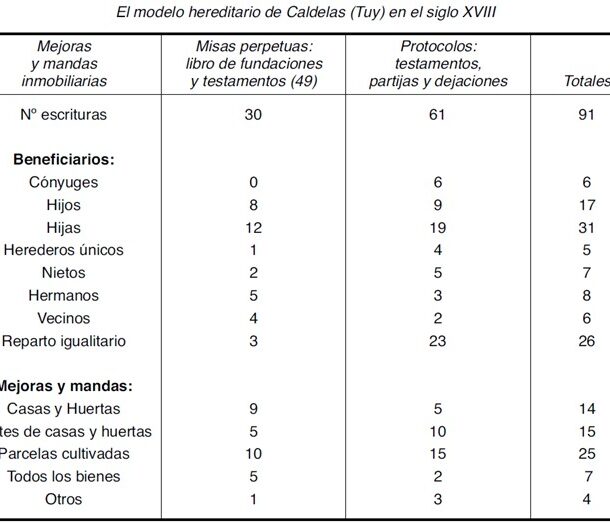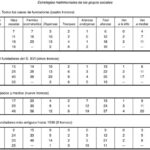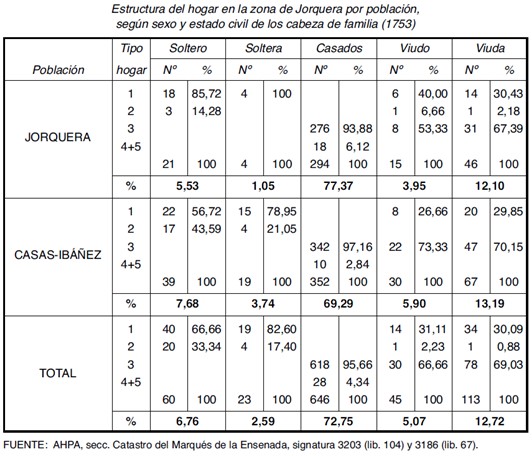
The resource presents marriage strategies and social mobility in the Bajo Miño de Calderas region (Galicia) at the end of the 17th century. The author categorises family dynamics according to the social group to which the contracting members belonged. In this way, the families of the local elite show the most common techniques: marriage alliances linked to consanguinity, strong reproductive capacity and social success. Of the 23 elite families studied, 47% continued to maintain middle or higher status, although a significant number of offspring descended to lower families, 43%, reflecting downward social mobility. For their part, middle families followed the same trends as the upper families, albeit mitigating the impact of upward social destination. These two groups of the affluent fed off each other in social endogamy. Upward mobility was achieved by linking into middle-upper alliances; however, middle-lower marriages were a constant half of social reproduction. Lower families tended to maintain their stratum through social inbreeding relationships, with few but existing examples of upward mobility.
Collection: Statistics
Project: 3. Rural world and urban world in the formation of the European identity., 4. Family, daily life and social inequality in Europe.
Chronology: XVII
Scope: Secondary Education, Baccalaureate, University
Link: https://www.adeh.org/revista/2009,%202/JM%20PCI%CC%80%C2%A7rez%20GarcA%CC%82%C2%B0a.pdf
Resource type: Statistics
Format: Table
Source: Pérez García, J. M. (2009). "Las claves de la euforia demográfica del Bajo Miño a través de San Martín de Caldelas (1580-1680)", en Revista de Demografía Histórica, XXVII, 2, p. 97.
Language: Spanish
Date: 2009
Owner: Pablo Ballesta Fernández (Modernalia)
Copyright: ©Revista de Demografía Histórica ©José Manuel Pérez García
Abstract: Table of social mobility at the end of the 17th century in Caldelas (Galicia) according to the marriage strategies of the different social groups
Image
Tags







